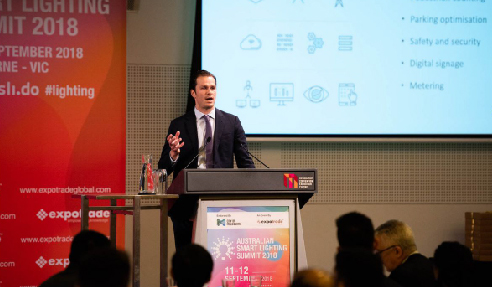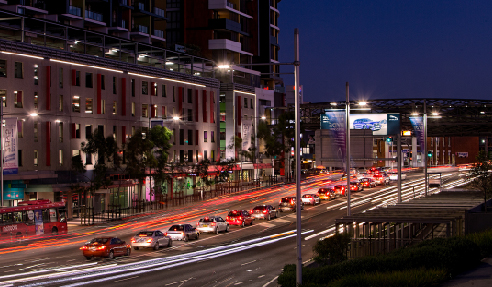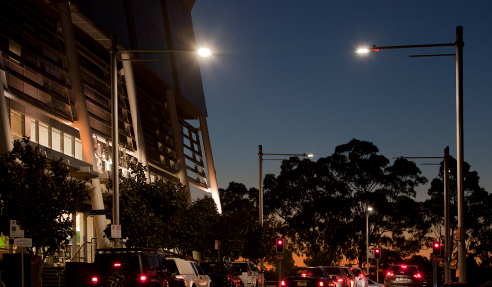Energy Efficient LED Street Lighting for Smart Cities from Sylvania Vision-Driven Approach to Change the Perspective on "Smart" Street Lighting Energy efficient LED street lighting is often seen to be a low hanging fruit of energy efficiency projects. The energy savings and emission reductions that can be generated by upgrading to LEDs are substantial, with paybacks and financial returns for projects being very attractive. Street lighting upgrades have been implemented in Australia for several years now and most LED lights are smart-enabled. Although, controls have still not been adopted at scale, even though they offer many opportunities to generate additional energy savings, improve asset management and to support other smart city applications. This is due to multiple reasons, which are commonly known in the industry and are not subject of this article. For example, often the benefits for asset management will not flow through to Councils because most of their lights are maintained by the utilities. And because most street lights are classified as "unmetered loads," additional energy savings from dimming and trimming strategies cannot be captured, plus there are various issues to be addressed around compliance with standards. Many of these challenges are currently being addressed and worked through by industry stakeholders and it seems solutions for some of them are not far away.  However, there's still a strong case to invest in street lighting controls, when considering the role a controls system plays in the broader smart cities ecosystem. Relating to this, a recent paper published by CSIRO's Data61i suggests that smart cities need a more "vision-driven" as opposed to "problem-driven" approach and that smart cities should, in fact, be looked at as jigsaw puzzles. Every project and implementation of a solution places a puzzle piece in its rightful place of the big picture (the vision), even though for now, many other pieces don't yet exist. By contrast, a "problem-driven" approach focuses on technology first and naturally results in fragmentation and walled gardens of solutions that do not interoperate together. Applying this approach to street lighting controls could be the solution to the earlier mentioned challenges. And there could be other smart applications, which in combination create new and value-adding use cases when lighting is in fact used for its primary purpose; visibility, visual cues, safety and security. For example, imagine the following use cases:
 Because street lighting is ubiquitous in urban areas and lighting at night-time is extremely visible, the opportunities to combine control systems with other applications to create new and innovative use cases are sheer endless. Circling back to the "vision-driven" approach and jigsaw puzzle analogy, street lighting controls, like other smart city applications should be viewed as a system within a system and only one element in a smart city's foundation to support a multitude of higher-level goals. As such, Councils should always give careful consideration to include a controls system when upgrading their street lights and to address the problems "here and now" with solutions that contribute to the vision of an ideal integrated future in the longer term. Do not miss the opportunity to place another puzzle piece where it rightfully belongs in the big picture. For further information, visit www.scs.city.
|
02 9794 9300 96 Gow Street, Padstow, NSW, 2211
|



 Quality Commercial Lighting Solutions
Quality Commercial Lighting Solutions Nightstar LED High Performance Long Life
Nightstar LED High Performance Long Life Arterial 0 LED Series High Performance
Arterial 0 LED Series High Performance StreetLED MKII High Performance Street
StreetLED MKII High Performance Street LED Floodlight Briteline LED Raptor |
LED Floodlight Briteline LED Raptor |
